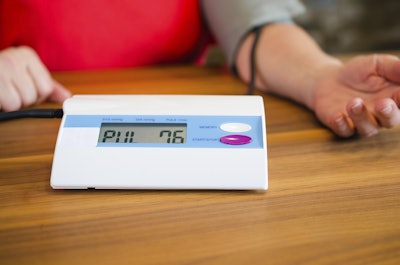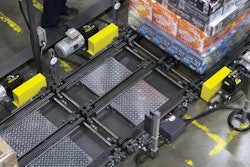
Telemetry devices are impacting patients' ability to lead normal lives, while giving caregivers expanded opportunities for monitoring their at-home patients.
BCC Research reveals in its new report, “Global Markets and Technologies for Home Medical Equipment” that home monitoring technologies are driving big growth in the global market for home medical equipment (HME).
This update of a previous report published in 2012 reviews segments that include assistive devices (wheelchairs, scooters and home care beds); therapeutic devices(respiratory therapy products, infusion products, dialysis equipment, lymphedema pumps and home defibrillators); and monitor, sensor and telemetry devices.
The global market for HME is expected to grow from $27.8 billion in 2015 to nearly $44.3 billion by 2020, reflecting a compound annual growth rate (CAGR) of 9.7%. The segment for monitors, sensors and telemetry devices accounts for the largest share of the market, chiefly from the high demand for home blood glucose testers.
Growing at a CAGR of 12%, this segment is more active than either assistive or therapeutic devices, which have CAGRs of 2.3% and 9.9%, respectively. The total global HME market for both these segments is expected to grow from 55.4% in 2014 to 62.4% by 2020.
Among the various diseases managed or treated with HME, diabetes accounted for the largest share (31.7%) of the global HME market in 2014. Motion impairments and obesity had the second-largest market share (22.5%), followed by asthma and other respiratory conditions (8.7%), sleep disorders (7.9%) and hypertension (4.8%).By 2020, the market shares of diabetes and motion impairment/obesity are projected to decline from 31.7% to 25.2%, and 22.5% to 15%, respectively. The asthma-related segment should shrink from 8.7% of the total HME market in 2014 to 8.5% in 2020.
Since 2012, the market has continued to evolve as the population ages and a growing number of seniors are financially able to live in their own home instead of a nursing home or other institutional care facility. Factors such as the rising cost of institutional care, a growing receptivity to home health care among physicians, willingness of public and/or private insurers to cover the costs of HME, and legal and regulatory issues are driving the market.
These demographic and attitudinal shifts are being reinforced by technological developments like wireless remote monitoring to meet the demand for treatments stemming from increasing incidences of heart disease and other conditions requiring close patient monitoring.
"A growing number of individuals monitor health parameters such as blood pressure, glucose and cholesterol levels at home, either under the supervision of a physician or on their own," says BCC Research Analyst Andrew McWilliams. "Most of the monitors used in the home care market are single purpose, handheld or wearable. Many home monitoring devices used under a physician's supervision use telemetry to report results back to the doctor. While some home tests, such as the traditional fingerstick blood tests, are mildly invasive, new technologies are being developed that make them less so."
BCC’s report analyzes the dynamics of the global market for home medical equipment, defined as durable equipment with an expected service life of at least three years. The report identifies growth drivers and opportunities, and projects revenues through 2020.


























